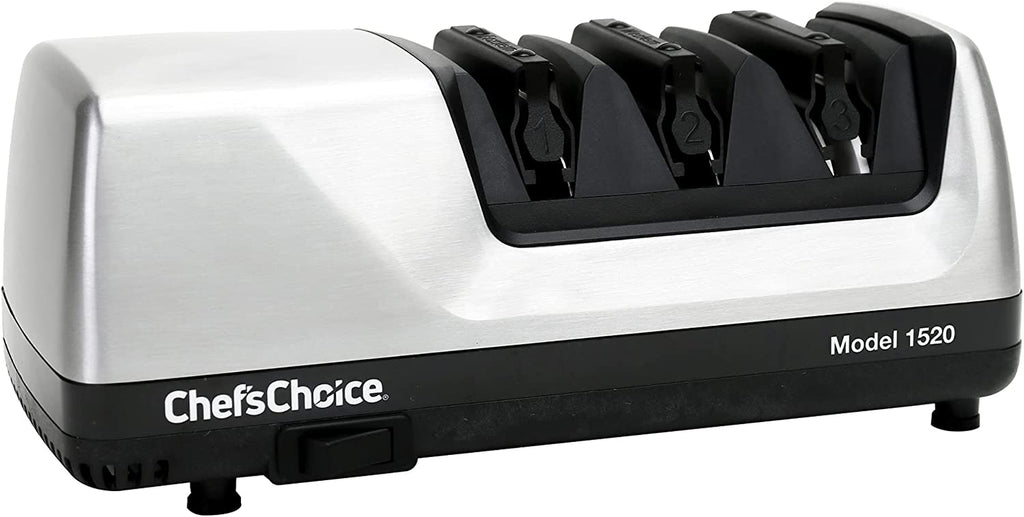The art of cooking starts with knowing how to hold a chef knife properly. Whether you're a professional chef or an enthusiastic home cook, mastering the proper technique can dramatically improve your kitchen skills. Understanding how to hold a chef knife properly is essential for chopping, slicing, and dicing efficiently and safely. Let's dive into this skill that can transform your culinary creations.

Why Holding a Chef Knife Properly Is Important
Before we get into the nitty-gritty of how to hold a chef knife properly, it's important to understand why grip and technique matter. A proper grip not only ensures precision but also prevents accidents. Proper knife handling can save your fingers and speed up your prep time.
The Anatomy of a Chef Knife
To fully grasp the technique, familiarizing yourself with the anatomy of a chef knife is crucial. The knife includes the blade, the spine, the tip, the cutting edge, the bolster, the handle, and the heel.
- Blade: The flat, sharp portion used for slicing and dicing.
- Spine: The top, blunt edge of the blade.
- Tip: The pointed end used for detailed work.
- Cutting Edge: The sharp lower edge of the blade.
- Bolster: The thick junction between the blade and the handle.
- Handle: The grip area that you hold.
- Heel: The rear part of the cutting edge, used for downward cuts.
Each part plays a crucial role in how the knife handles.

The Pinch Grip Technique
The most recommended method among chefs for holding a chef knife is the pinch grip. This grip offers a balance of control and power. Here's how to do it:
- Grip the blade where it meets the handle with your thumb and forefinger.
- Your middle, ring, and pinky fingers should curl around the handle.
- Avoid putting too much pressure; a relaxed grip works best.
Practicing this grip will enhance your chopping speed and accuracy. You can watch more on the pinch grip in this video.
The Handle Grip Technique
While the pinch grip is popular, some people prefer the handle grip, especially beginners. Here's how to perform the handle grip:
- Encircle the handle with your thumb and four fingers.
- Ensure the handle feels comfortable in your hand.
- Keep a firm but not overly tight grip to prevent fatigue.

Common Mistakes and How to Avoid Them
Even skilled cooks sometimes make mistakes when holding a chef knife. Here are some common errors and how to avoid them:
- Gripping Too Tightly: This can lead to fatigue and less control.
- Overextending the Index Finger: This reduces control and stability.
- Ignoring the Bolster: Using the bolster can enhance grip strength.
Practicing Knife Techniques
Once you've nailed down how to hold a chef knife properly, practicing basic knife skills like chopping, slicing, and dicing helps to reinforce your grip and control. You can find a comprehensive guide on knife skills at Knife Skills.
For more tips on cutting techniques, check out Cut Vegetables Fast.
Choosing the Right Knife
Your knife should feel comfortable and well-balanced in your hand. Factors to consider:
- Weight: Shouldn't be too heavy or too light.
- Balance: Check if the knife feels balanced when held at the bolster.
- Handle Material: Prefer non-slip materials for better grip.
Keeping Your Chef Knife Sharp
A sharp knife is safer and more effective than a dull one. Regular honing and occasional sharpening keep your knife in top condition. Explore more tips on knife maintenance at Knife Maintenance Guide.
Also, see Knife Sharpening Tips for a deeper look at keeping your blades in peak shape.
FAQ
Q: What are the signs that I'm holding my knife incorrectly?
A: Signs include hand fatigue, uneven cuts, and a lack of control over the knife.
Learn more on Cutting Straight.
Q: How often should I sharpen my chef knife?
A: Sharpening depends on usage, but most home cooks benefit from sharpening once every 3-6 months.
Q: Is there a 'one-size-fits-all' chef knife?
A: No, different hand sizes and preferences mean the best knife varies for each person.
Read Knife Care for more insights.
For a general guide on knife safety, refer to this article on using kitchen knives safely.
As an Amazon Associate, I earn from qualifying purchases.


























